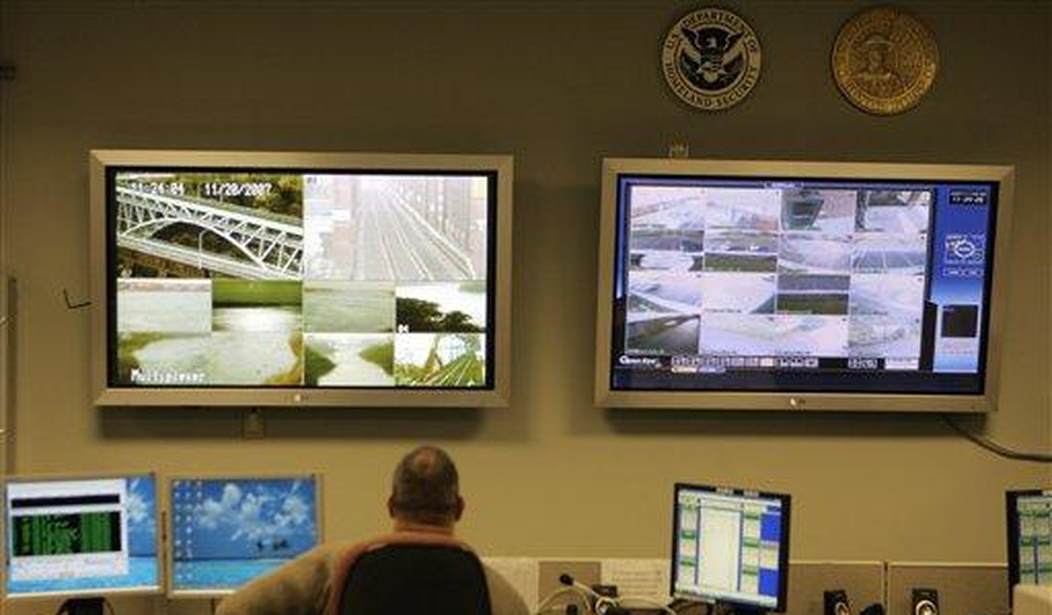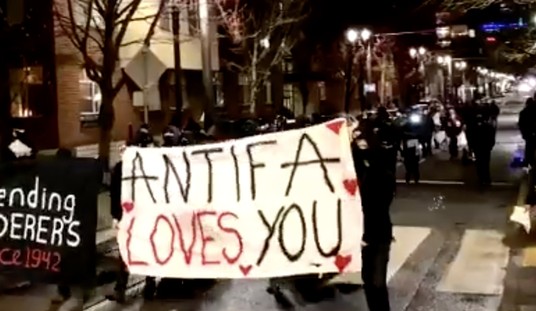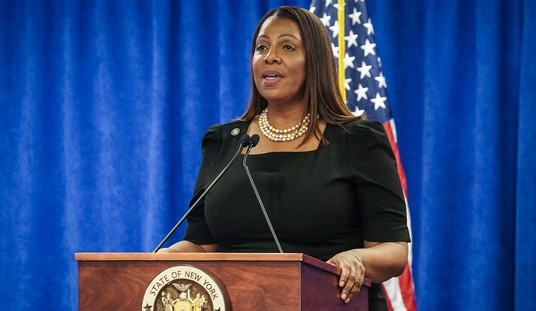The U.S. and Canada have agreed to allow asylum seekers who illegally cross the border in both countries to be turned back. This is a significant change made necessary by the huge influx of illegals trying to cross the border from Canada into the United States.
At the southern border, Joe Biden has been forced to renew most of the policies initiated by Donald Trump, including the automatic denial of asylum to migrants who transited a third country, a modified “Remain in Mexico” policy, and a modified Title 42 program. That program will end on March 31 and Biden has been looking for ways to keep the coming massive influx at the border under control.
The deal with Canada will be announced during the president’s visit to Canada, which began last night.
“We’re seeing an increase in irregular migration going north into Canada, which reflects the regional and global migration challenges we have been talking about,’’ said White House press secretary Karine Jean-Pierre. “We’re committed to working with them to address it, including by prioritizing orderly and safe migration through regular pathways.”
In 2022, nearly 40,000 people crossed the border into Canada, most making it over a short footpath on Roxham Road in Champlain, N.Y., into Quebec. In January and February, nearly 10,000 migrants crossed into Canada from the U.S., according to migration data published by the Canadian government. In 2021, 4,246 migrants crossed the border.
Separately, since the start of the U.S. government’s budget year in October, 2,856 migrants have been arrested after sneaking across the border from Canada, U.S. Customs and Border Protection reported. Nearly 2,000 of those arrests were made in the Border Patrol’s Swanton Sector, which includes the area near Roxham Road. During all of the 2022 budget year, agents along the northern border made 2,238 arrests.
There’s already an agreement in place — the Safe Third Country Agreement — which requires asylum seekers to ask for protection in whichever country they arrive in first. But the agreement doesn’t usually apply to people who cross the border outside of official crossing points. The unofficial crossing points at Roxham Road in upstate New York are more attractive than any official crossing.
And this has created big political problems for Trudeau.
The new migration agreement is designed to quell a pressing political problem for Mr. Trudeau in the province of Quebec, which is a key part of the governing Liberals’ electoral coalition. The premier of Quebec, François Legault, has repeatedly demanded that Canada close the Roxham Road crossing, warning that the influx of refugees threatens to overwhelm the province’s social services.
“For Trudeau, it’s especially important because nowhere on the border is it as acute as the situation on Roxham Road,” said Christopher Sands, the director of the Canada Institute of the Woodrow Wilson International Center for Scholars. “Trudeau needs to find a way to get this problem under control.”
The northern border isn’t quite as much of a sieve as the southern border. Canada doesn’t want illegal aliens flooding its border communities any more than the U.S. does. And while there are vast swaths of the U.S.-Canada border that are largely unguarded, reaching those places is a challenge.
Related: Quietly, a Huge Potential Victory For Border Security
Biden and Trudeau are expected to sign the deal sometime this weekend.










Join the conversation as a VIP Member